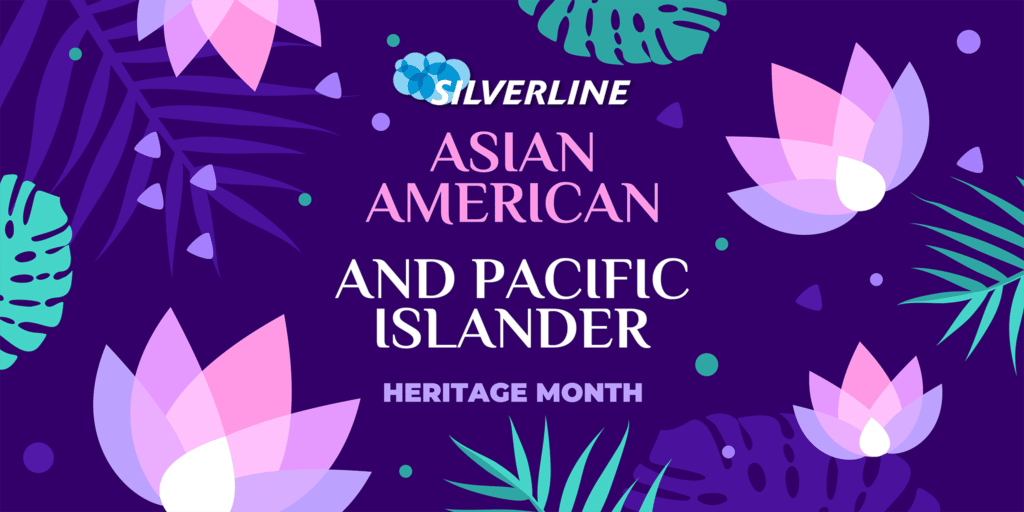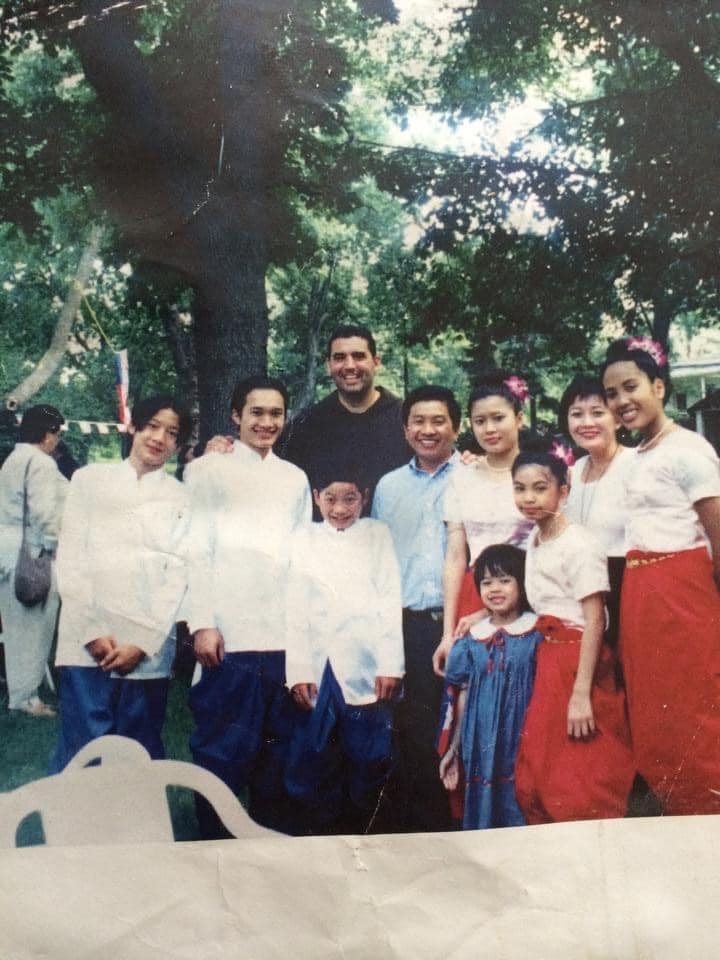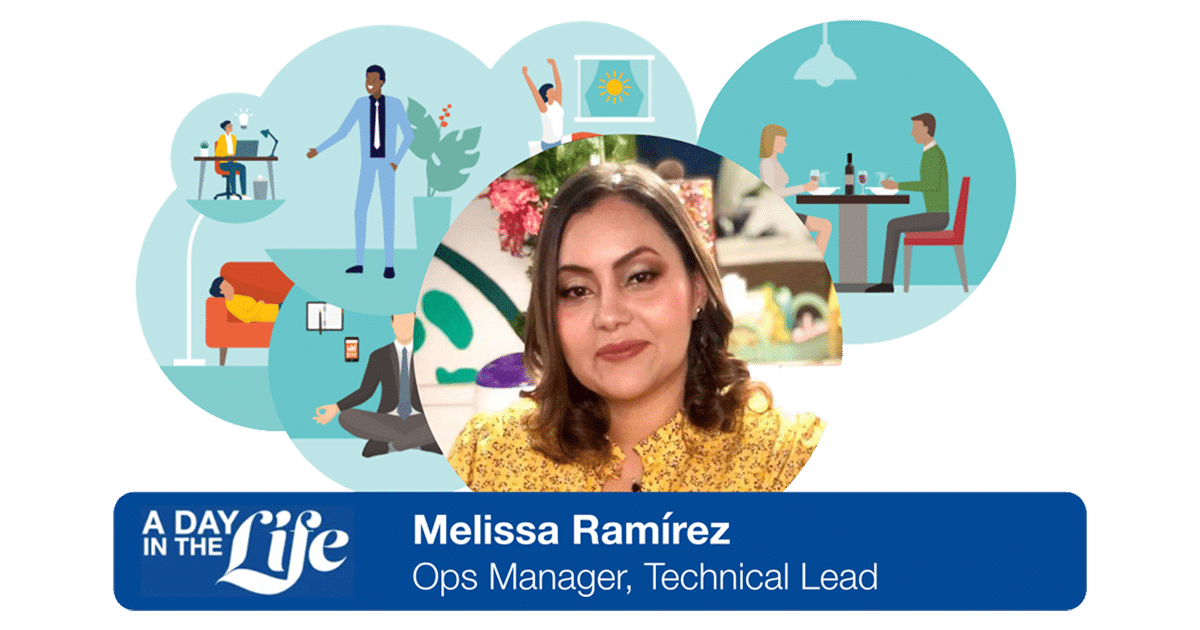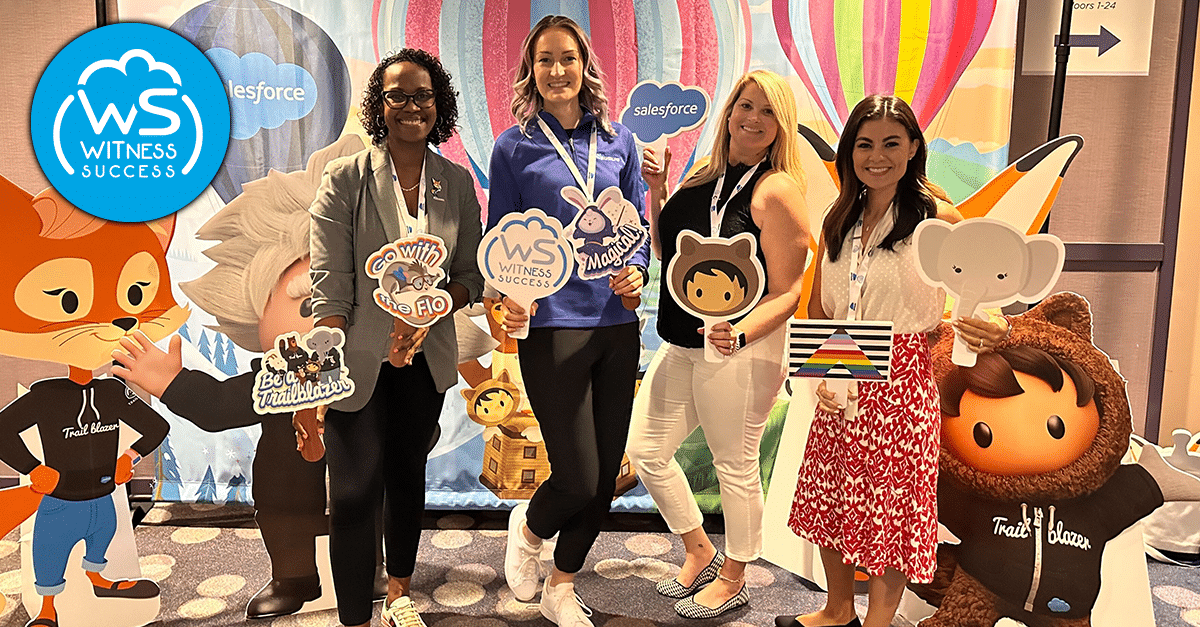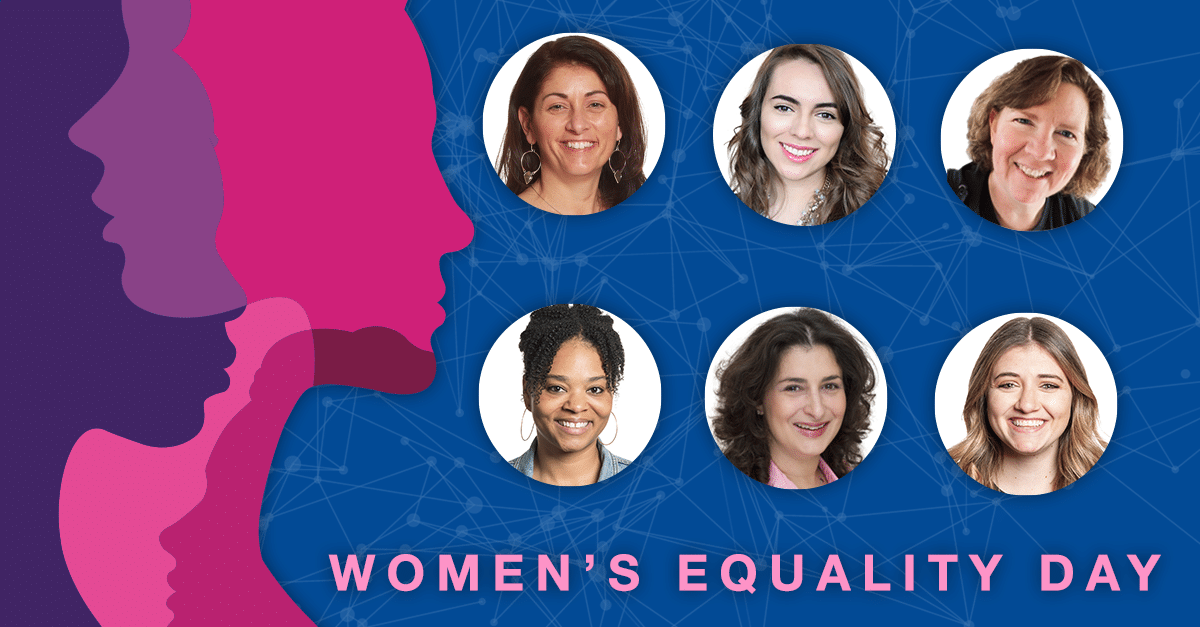The Asian American and Pacific Islander (AAPI) community represents a stunning array of diversity, from the sheer number of countries it includes to the origin stories of how and when people from these countries arrived in America. For AAPI Heritage Month, we wanted to highlight this diversity through the stories of some of our colleagues.
I am a UX designer for Silverline based in Brooklyn, NY. I am also a fourth-generation Japanese American whose ancestors immigrated to Hawaii, then an American territory, to work in sugarcane and pineapple fields in the early 1900s. So many stories of my life are relatable to any American friend, but with a unique Japanese touch: growing up eating equal measures of home-cooked pot roast and chicken katsu; my grandmother teaching me Japanese folk songs in between watching me learn the choreography of every NSYNC music video; my relatives sending me care packages for Easter and Japanese Girls’ Day.
I’m sure that you’ll find something to relate to and something to learn from in the rest of these Silverliner stories.
What are some aspects of your AAPI heritage that have shaped who you are today?
Gireesh Sonnad, CEO (India): The strong emphasis amongst my father and the Indian side of my heritage are the values around education and family. It’s what helps them make all of their decisions. I’m half Indian and my mother is American. While it’s not to say that education and family were not important on the American side of the house, it was nowhere near the same structure and stringency where the lens of everything was looked through that first.
Angie Lingk, Sr. VP and GM for Media & Entertainment (South Korea): I was adopted, so I look very Korean on the outside but I was raised in a very white household in the middle of the country (right outside of Milwaukee). When I was young, people would ask me questions like, “Do you know kung fu?” and “Do you know Connie Chung?” and those things would lead me to think, “Well, I don’t have a Korean family but maybe that’s what being Korean is.”
In high school and college, I started to consider what being Korean means to me. There’s this concept of Han which is hard to translate, but it’s sort of a profound sense of resilience, and also sadness because Koreans have been on this peninsula that’s been conquered by Japan and China for the last few centuries. I had grown up with that kind of feeling, and when I heard about Han, I thought, “Oh, maybe I do feel like I’m Korean.” It is definitely a journey that I am still on.
Miguel Concepcion, Project Manager (Phillipines): I value family and friends. As I get older I realize life is just so short, so now I try to not take my family and friends time for granted. I also like to practice gratitude on a daily basis. Coming from not having anything in the Philippines and then arriving in America — you know, the usual immigrant story — I’m just grateful to have that opportunity to work hard and live the American dream. Not everyone gets that opportunity. I’m also generous — it’s a Filipino custom that after a party, you never leave empty-handed. You always have to have something.
Paul Le, Specialty Director, Salesforce Industries (Cambodia): My family are refugees from Cambodia. Growing up, I would hear stories about how my parents met in a camp, and what we had or didn’t have back then, like a bowl of porridge that was more water than rice. Those stories bring back the hardships, and the most impactful stories are about how they escaped to Thailand by foot, which was 70-plus miles.
From there we went to the Philippines, where my dad converted to Roman Catholicism, and then once we got to America, I grew up in the Bronx, where the culture is really diverse. My mom would celebrate traditional Cambodian holidays but also honor Roman Catholic and American traditions, so I was in both cultures: the traditional and the American.
What did you want to be when you grew up?
Gireesh: I didn’t really know for a long time, but then when I was forced to figure it out, I said that I was going to be a doctor. I’m the first-born son of an Indian doctor, so there was a tacit assumption that I was going to be a doctor. I have a lot of love for science and technology, but it wasn’t until I got to college and I was attempting a double major in computer science and pre-med when I realized the pre-med thing wasn’t for me. One of the interesting stories is that when I was five years old, my parents actually opened a computer store. There are photos of me just hanging out in the computer store, geeking out on these computers when I was five years old. And so in retrospect, you wonder why I would try anything else.
Angie: I wanted to be a marine biologist primarily because I love scuba diving and otters. I held this belief well after graduating from high school and into a conference with my college counselor about what I wanted my degree to be. She asked, “Are you sure you don’t just love animals and scuba diving? We’re talking about your career.” I only met with her that one time, but it was very good advice and I went in a different direction.
Miguel: I always wanted to be the $6 Million Dollar Man. “We can rebuild him. We have the technology. We can make him better than he was. Better, stronger, faster.”
Paul: I actually wanted to be Bill Gates when I was really young because of my curiosity in computers. It started when I was five. I was fixing computers, breaking computers, trying to build things with computers, and then I fell in love with coding. Right there, that’s when I looked up at Bill Gates who built this software that a lot of people were using and it changed a lot of things. The other thing that I would have studied besides computers was space. I could imagine being an astronaut, being up there in the pitch blackness and having the earth reflect back at you. It’s kind of peaceful.
What are some nostalgic pieces of pop culture from your childhood?
Gireesh: A book called Neuromancer by William Gibson. It was one of the first times that I was able to fully realize my love for science fiction. I was also a big Star Wars fan. I was, and still am, a big music fan. When I first started hearing electronic music and DJs, it was a mind-blowing experience. Like, “Whoa, these guys are playing something that’s completely different.” I grew up in the middle of Michigan and there wasn’t a lot of that, but then I found the Detroit folks and they were really doing their thing. And it was like, “Oh man, this is awesome.”
Angie: I always had those Bic four-color ball pens. I loved those and coveted them when I didn’t have them. I also really loved jelly shoes and jelly bracelets. Oh, and slap bracelets! One of my favorite books was Tuck Everlasting. I remember crying and loving that book so much.
Miguel: I’m glad you asked that question because last weekend, my brother-in-law, sister and I ran a 5K in Lakeland, Florida, and as we were exploring, we found a place that sold old-school candies. Sarsapilla root beer things. It brought back so many memories. I remember when we first immigrated from the Philippines to America was the first time I saw a vending machine. And my first candy that I bought out of a vending machine was a Tart ‘n’ Tiny.
Paul: The culture in the Bronx was very ’90s. I remember sitting on the stoop, and you just sat and hung out with your friends and played card games. We played wiffle ball right down in the streets. The pitcher would stand in the middle of the street, throw the ball against the buildings and we could swing. If a car came, we would all pause, wait and then continue. There was also rap and artists like Biggie that just kind of tied everything together.
What is a little-known custom from your culture that you think more people should know about?
Gireesh: One of the things that I always found interesting, and that my non-Indian friends also found interesting, is called a puja (or pooja), which may be most easily explained as a “blessing.” It’s a small ceremony where you pay homage or show devotion and reverence for various milestones or events in your life. And what was interesting is that my father would perform this on things that you wouldn’t think of necessarily — when we bought a new car or started a new job, for example — and ask his gods to allow this thing to protect the family. It was a process that always needed to be done before he would feel comfortable about the new endeavor you were taking on.
Angie: Spam! During the Korean War, the troops would drop cans of Spam and there’s all these beloved dishes in Korea that are very tightly aligned to the food that was available at that time. I think for many, it’s a comfort food and something to celebrate, even though Americans think Spam is some kind of radioactive food. This Korean army stew recipe even went viral on Tiktok.
Miguel: I think everyone should try Filipino food. My wife is American and when we got married, she had very limited knowledge of the Filipino culture. It became a family tradition on her side — my mother-in-law, sister-in-law, everyone — that every Christmas Eve for the last 10-15 years, we have just Filipino food from breakfast to dinner. We’ll have longanisa with fried eggs or fried rice, then we have the pork barbecue. I think food helps you learn more about any culture.
What aspects of your culture and upbringing do you bring to your work at Silverline?
Gireesh: It certainly helps me to continue to bring forward the importance of learning and continuing to expand yourself. However, it also showed me what happens when you think too much about one thing.
One of the stories that I always tell about my dad, who was an Indian doctor, is from when I was in the seventh grade and wanted to go out for the basketball team. And his reaction was, “Well, son, you can build your body or your mind — pick which one you want.” He was trying to say that if I went out for basketball, I would have less time for learning and that one would sacrifice the other.
Of course, my American mother came in and was like, “Let him play basketball.” It was interesting to bring that forward and to understand that there needs to be a balance as well. It can’t just be so much of one thing, or you will lose something or miss that opportunity to grow.
Angie: I am the epitome of the saying, “You can’t judge a book by its cover.” I very much try to apply that to my interactions with people, and how I seek to reach out and try to understand them without making assumptions based on their role, or behavior, or background. It’s something I’m very conscious of, and not just at work, but also in my day-to-day life.
Miguel: I bring my gratitude. I’m grateful to be working for a great company and that I’m well-compensated for the type of work I do. That gratitude allows me to work harder and take pride in what I do, because coming from nothing and being in the position that I’m in now took a lot of hard work. I also bring a positive attitude, because when you start your day on a positive, everything just kind of falls into place. I meditate, I do my morning runs, and then I’m in a good spirit that can carry to the other people I interact with.
Paul: My adaptability, which also served me well in the military. You have the civilian side and then you have this military side. It’s similar to consulting, where you’re working for one company but you’re helping another company and learning their culture to help drive them to be successful. There’s two sets of values that you have to respect: the client’s culture and your organization’s culture.
Check out our Careers page if you’d like to join Silverline’s team.

